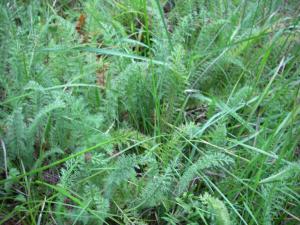User Login |
Plants that existed on the Camas Prairies LHG site before Fall 2006
Laura Donohue
categories [ Presentations ]
login or register to post comments | printer friendly version
|

